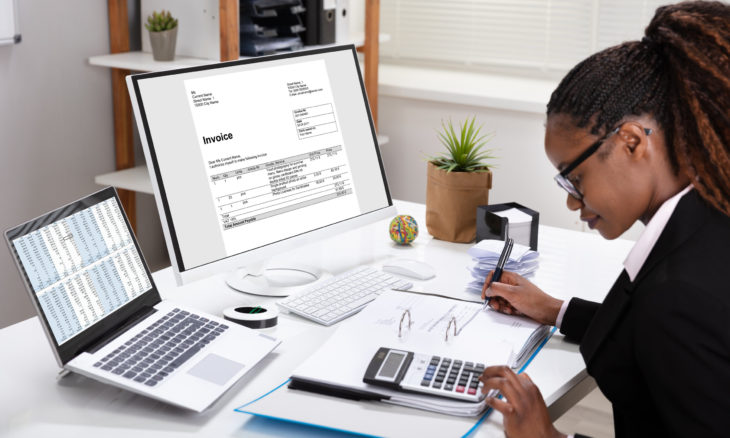The change in accounting for leases is finally here. What has been the law of the land for public companies since 2018 is now required for private companies whose fiscal years begin after December 15, 2021. This now applies to everyone. Many companies, fearing the complexities of implementing this new accounting standard, treated it as something that could be put off until tomorrow. Well, tomorrow is now today. If you commit to your board, your bank, your investors or third parties that your financial statements have been prepared in accordance with US Generally Accepted Accounting Principles (GAAP), then the new lease accounting applies to you!
The purpose of this article is to educate readers on essential elements of the new standard, hopefully in plain English, and then direct you to resources that can assist you in complying.
The Financial Accounting Standards Board (“FASB”) has long considered putting future operating lease obligations on the Balance Sheet, where historically, lease payments of an operating nature were simply expensed as incurred. The new accounting standard, entitled Accounting Standards Codification 842 (“ASC 842”) does just that. Except for short-term leases (less than 12 months remaining), all leases, whether for real estate, equipment, or vehicles, will be capitalized as a liability. The liability will be determined much as you would a mortgage, or declining balance debt obligation, with the future payments discounted at either an implicit rate or actual rate (if known) of interest, and future payments applied first to interest expense based on a declining principal balance, and then to principal. If you have not already implemented ASC 842, Accounting Standards Update 2021-09 applies to the establishment of a discount rate for lessees that are not public business entities.
As double entry accounting requires, the entry offsetting this liability is a new asset called “Right of Use Asset.” In essence, the lease has granted the tenant / lessee the right to use the asset for the remainder of the term of the lease. This asset is then amortized to expense over the remaining term of the lease, just as you would any other depreciable / amortizable asset.
As usual, when the FASB implements new accounting pronouncements, there are many intricacies that need your consideration to be applied effectively. For instance, real estate leases often have components (i.e., Common Area Maintenance, janitorial, property taxes, insurance, parking, cost-of-living adjustments, etc.) that may not be evident in say, a copier lease. These elements need to be identified, segregated, and treated as either a lease component or a non-lease component. The purpose of this blog is not to identify all the issues associated with implementing ASC 842 [all 185 pages!], but to point out where you can get professional assistance.
This standard will be too complex for most companies to implement using Microsoft Exceltm; the good news is there is software available to assist us with the calculation and annual disclosure requirements of ASC 842. The bad news is that it is not necessarily fill-in-the-blank software. You still must read the leases. If you need professional help in implementing this standard, you can engage us here at CFOs2Go (a division of the 2Go Advisory Group) or an outside financial professional, such as a CPA. Keep in mind that if your financial statements are audited by a CPA firm, you will not be able to use that same firm to implement ASC 842, for independence reasons.
Your implementation may have profound implications on covenants you’ve made with lenders that are tied to the maintenance of certain financial ratios, such as debt service coverage, debt-equity ratios, current ratios, and others. These may be particularly important if your company is already in a marginal compliance situation. We’ve found it is best to discuss changes in ratios upfront with your lender, rather than surprising them after-the-fact.
The other issue we have encountered is in merger and acquisition (M&A) transactions where the valuation is commonly based on Earnings Before Interest Taxes Depreciation and Amortization (EBITDA), particularly where EBITDA is measured over a period of transition from the prior lease accounting to the current lease accounting. Does the amortization of the Right of Use Asset constitute “amortization” (the “A” in EBITDA)? In the instant case, the Seller conceded that the introduction of ASC 842 amortization was a windfall not contemplated at the time the price was originally negotiated.
For guidance and assistance, feel free to contact us. We are here to help with how to work wisely within the new requirements.
This article was originally published here.





